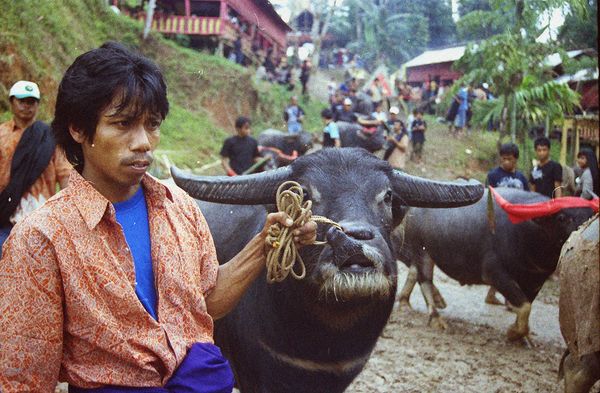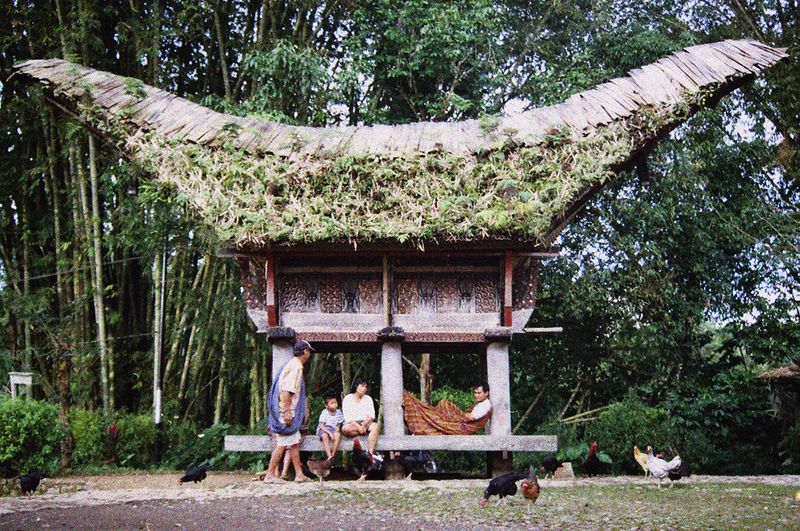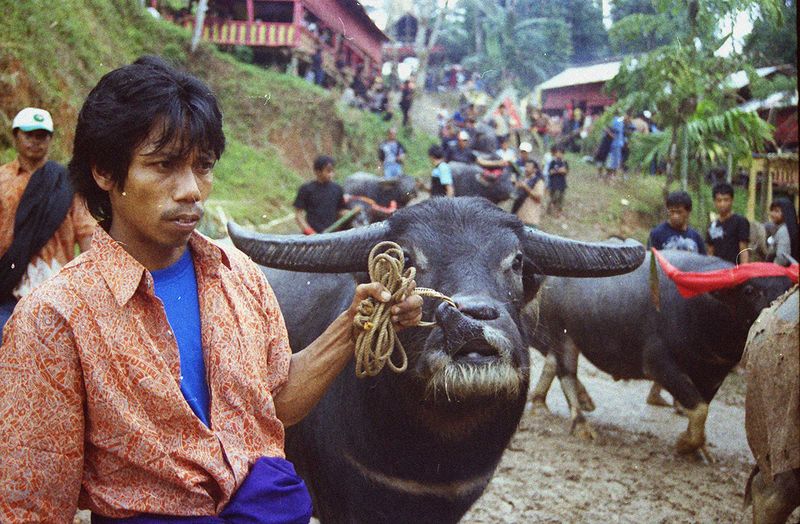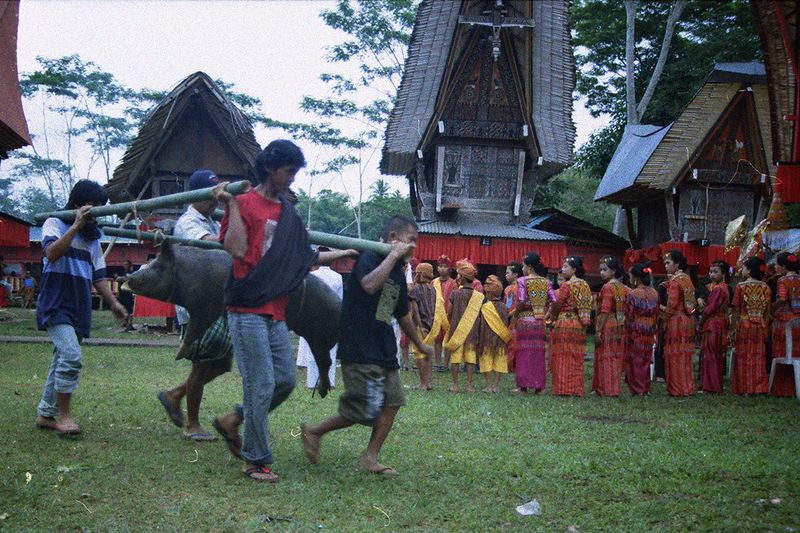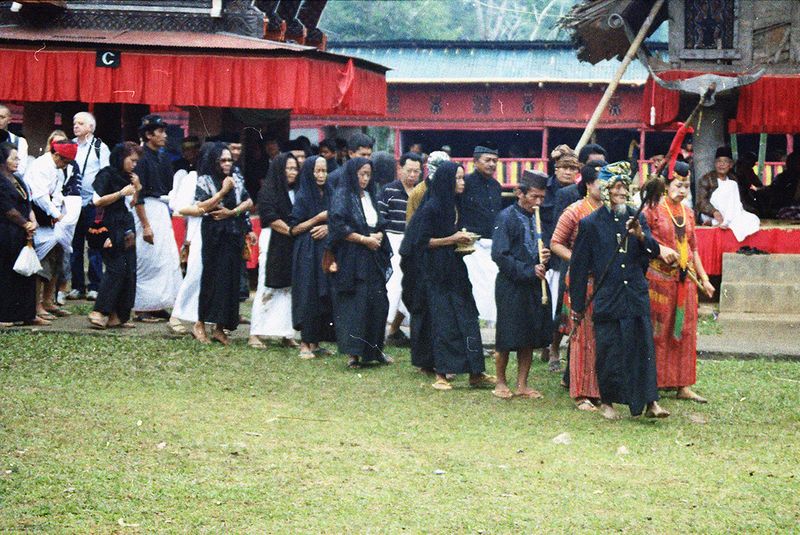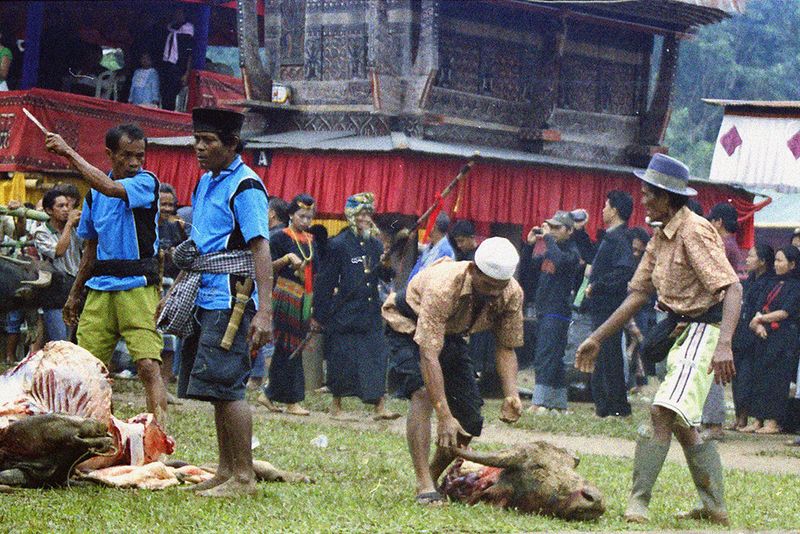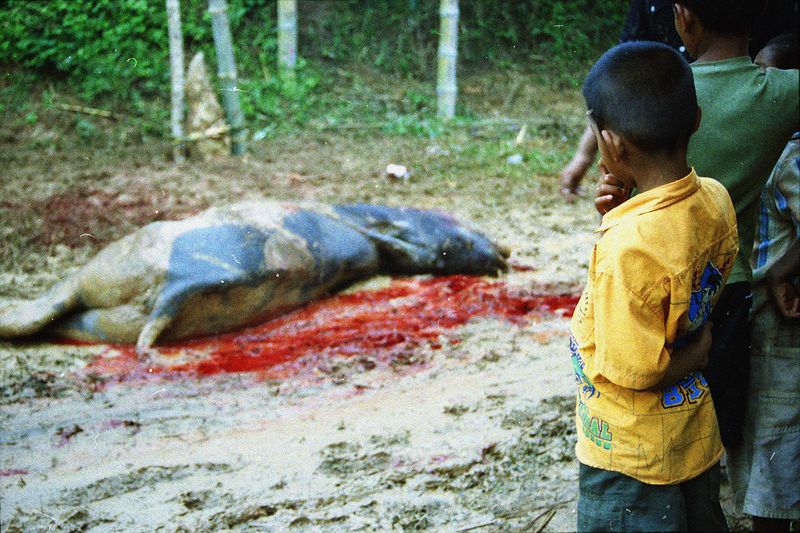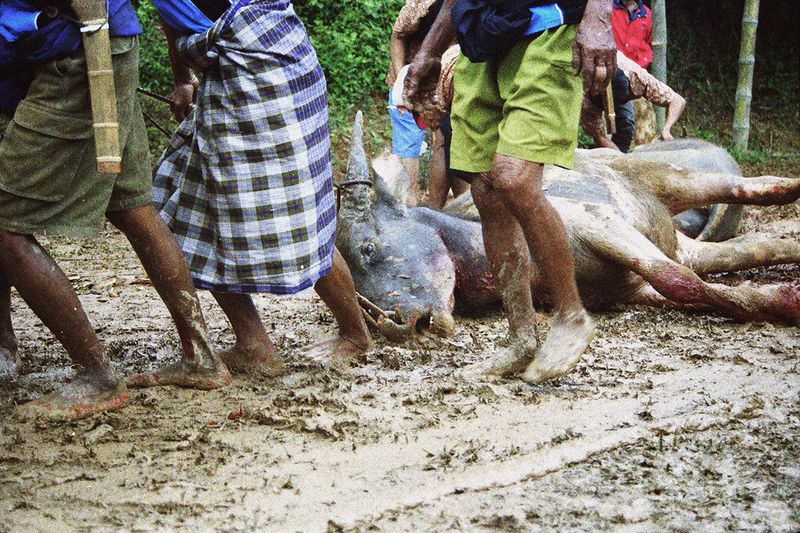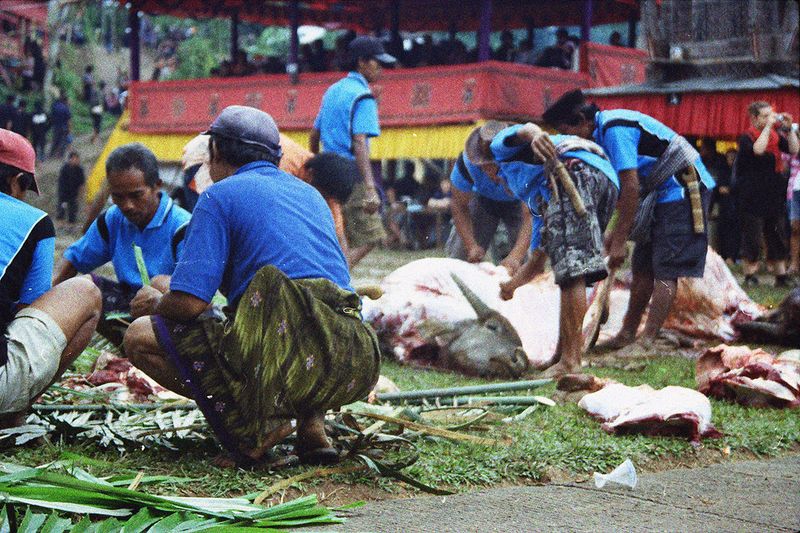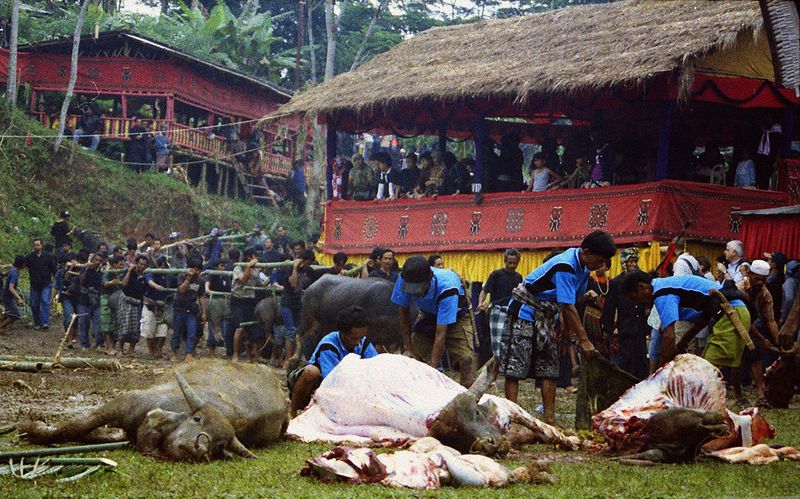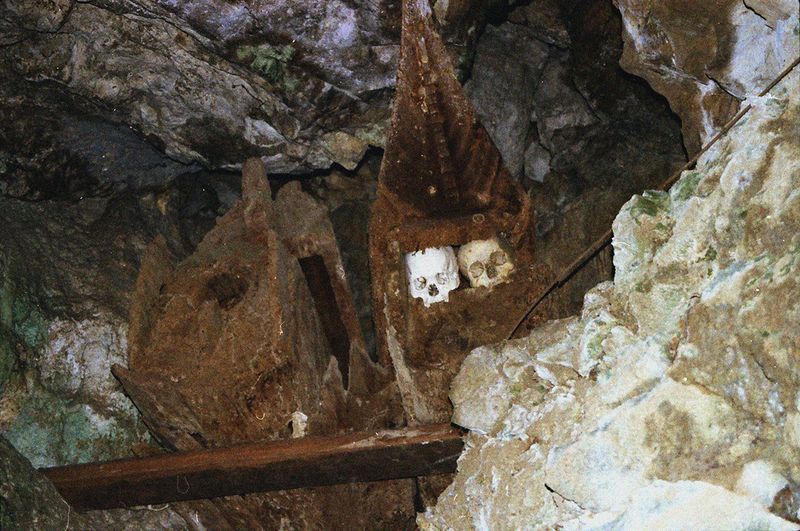TANA TORAJA
-
Dates2009 - 2009
-
Author
- Topics Social Issues, Documentary
Burial ceremony in the Toraja comunity in Sulawesie Island (Indonesia)
Tana Toraja (Land of Torajas) is located in South Sulawesi Highlands, Indonesia.
The Torajas are an christian ethnic group with however, strong traditionnal animistic belief known as Aluk To Dolo (Way of the Ancestors).
One of the most noticeable aspects about Tana Toraja is the size and Magnificence of their traditional houses. The towering roof is the most striking aspect of the house. Somme believe the roof represents the horn of a buffalo, others suggest it represents the bow and stern of a boat. The more buffalo horns visible, the higher the household’s status.
Toraja funeral rites are the most important events of social life, usually attended by hundreds of people and lasting for several days. The richer and more powerful the individual, the more expensive is the funeral.
The funeral ceremony of a nobleman is usually attended by thousands and lasts for several days.
A ceremonial site, called rante, is usually prepared in a large, grassy field where shelters for audiences, rice barns, and other ceremonial funeral structures are specially made by the deceased's family.
The ceremony is often held weeks, months,
or years after the death so the deceased›s family can raise the funds needed to cover funeral expenses.
Torajas traditionally believe that
death is not a sudden, abrupt event,
but a gradual process toward Puya (the land of souls).
Animal sacrifices are an important component of the ritual. The more powerful the person who died is, the more buffaloes are slaughtered at the ceremony.
Buffalo carcasses, including their heads, are usually lined up on a field waiting for their owner, who is in the «sleeping stage».
Torajans believe that the deceased will need the buffalo to make the journey and that they will be quicker to arrive at Puya if they have many buffaloes.
Sacrifice of tens of water buffaloes and hundreds of pigs using a machete is the climax of the elaborate funeral ceremony .
Different methods of burial coexist :
the coffin may be laid in a cave or in a carved stone grave, or hung on a cliff. It contains any possessions that the deceased will need in the afterlife.
The wealthy are often buried in a stone grave carved out of a rocky cliff. The grave is usually expensive and takes a few months to complete.
In some areas, a stone cave may be found that is large enough to accommodate a whole family.
A wood-carved effigy, called Tau tau, is usually placed in the cave looking out over the land.


